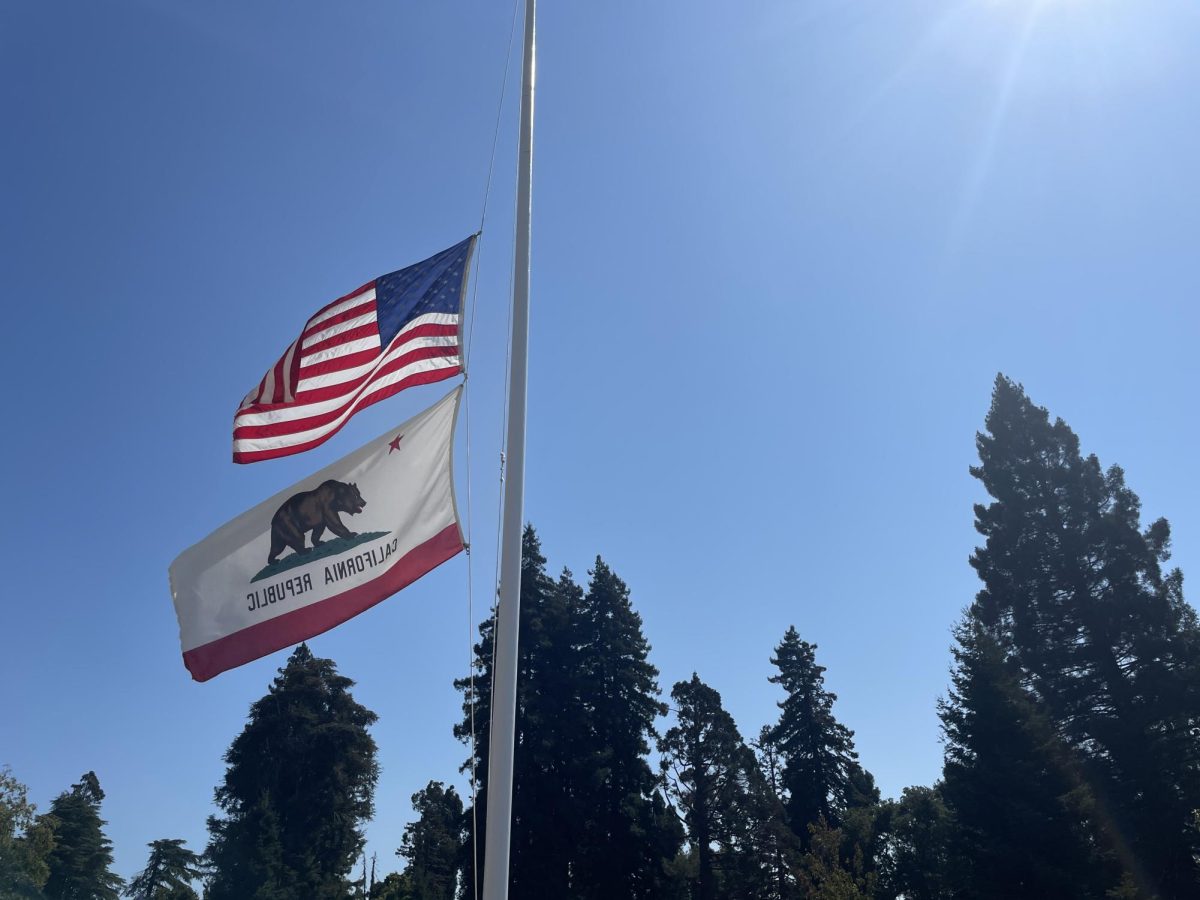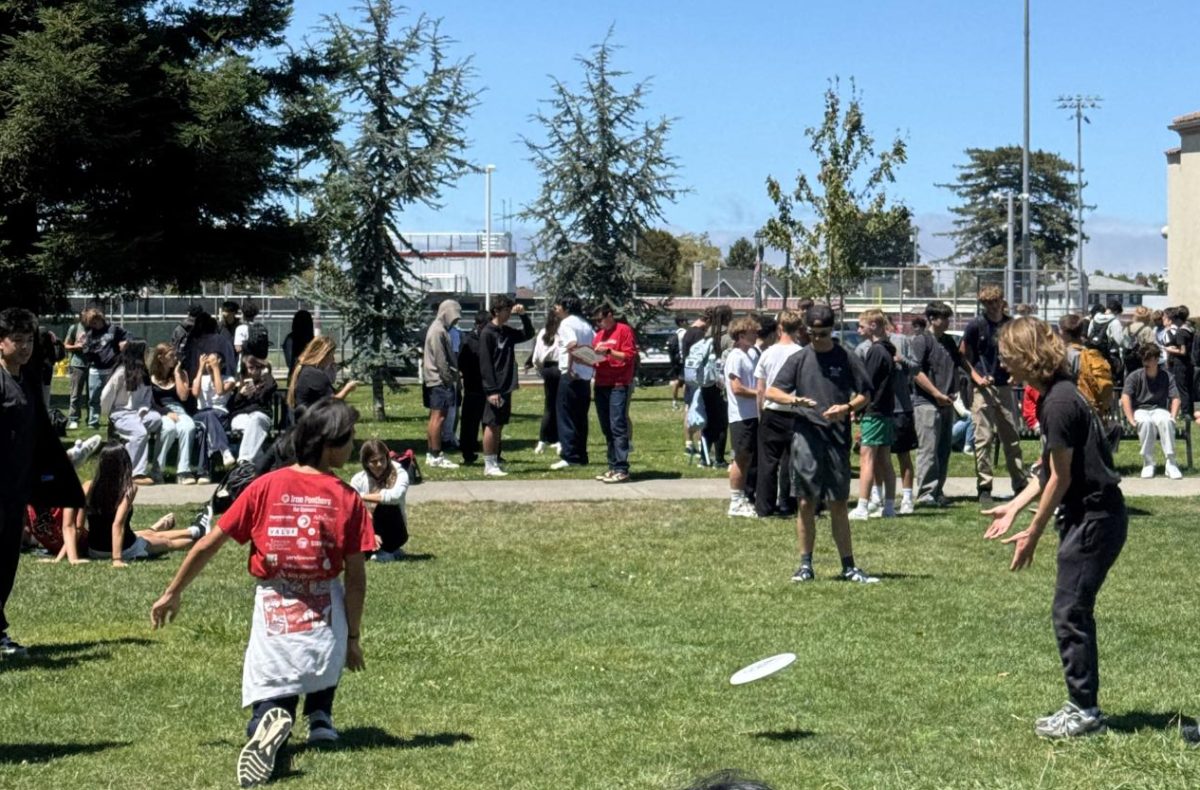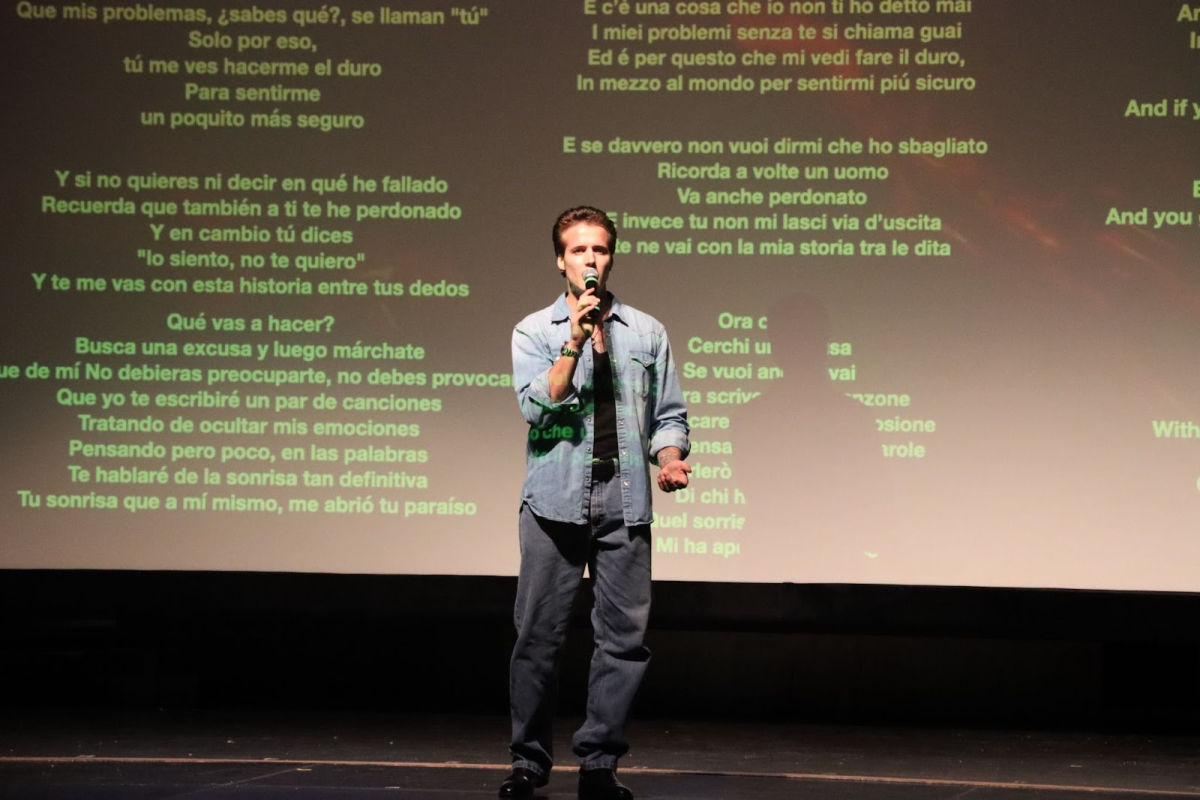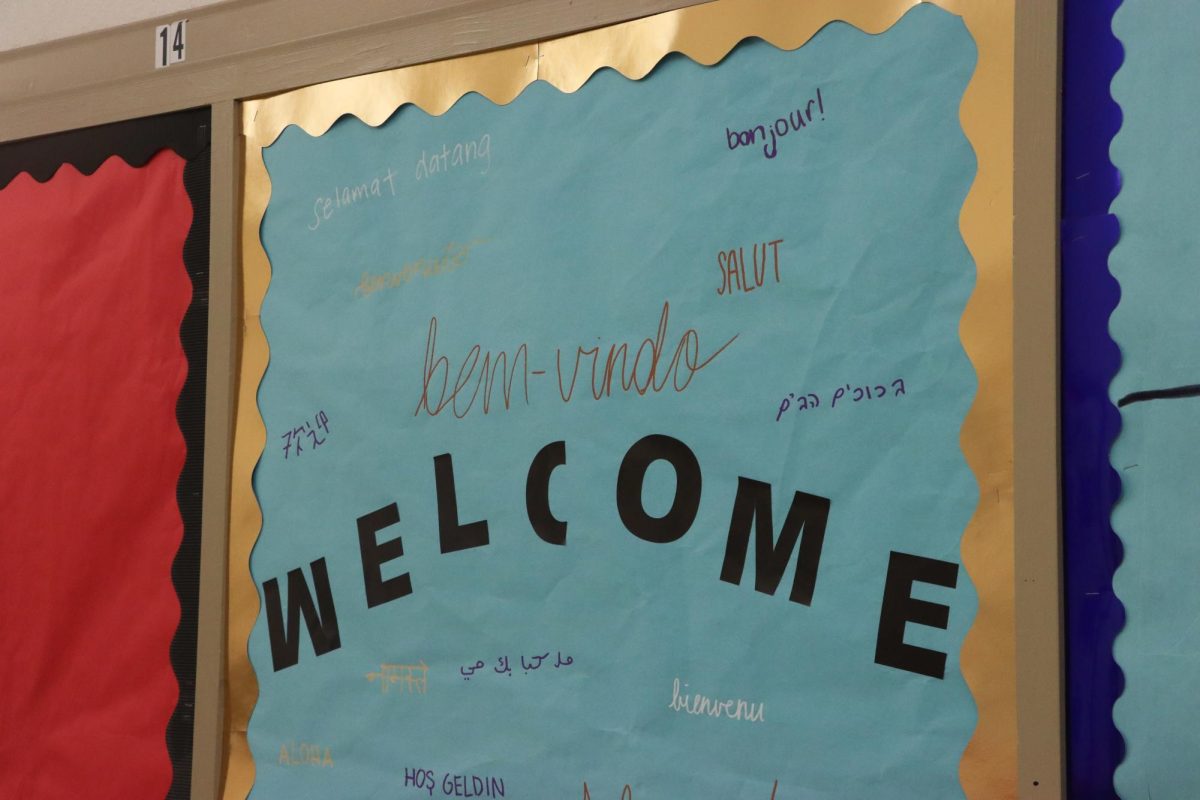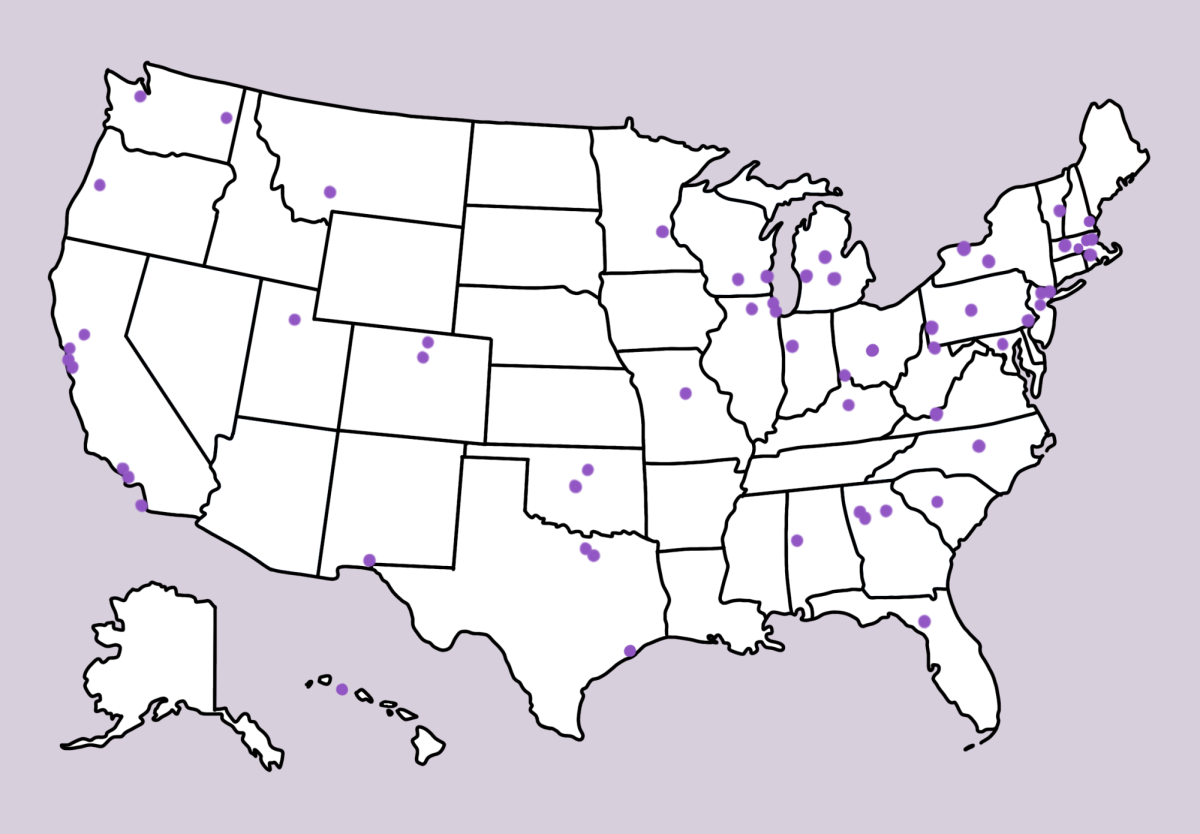Due to complaints of distraction caused by students wandering the hallways, Burlingame administration has directed teachers to refrain from offering students unstructured in-class breaks this year, especially those that involve leaving the classroom.
From the perspective of Principal Jen Fong, breaks only reduced engagement in the classroom.
“I did ask teachers to minimize [breaks] because the point of block instruction was to create opportunities for longer kinds of engagement with the curriculum,” Fong said. “I did see a break [last year] where students had their phones out. I would prefer not to have that type of interaction. If you take a break, turn to your classmate and talk to them. We need to reteach how to be engaged live.”
Junior Elle Mercer noticed the benefit of the uninterrupted class periods on her focus.
“Honestly, I think [not having breaks] is better for my focus,” Mercer said. “But I also think it’s bad because I like getting movement because it’s a long time to sit in your chair for two hours. I liked going on walks, but sometimes breaks were a little distracting, so it would take me a while to get focused in class again.”
As well as reducing distractions for students, Teachers now also don’t have to worry as much about distracting classes outside of the classroom as well.
“Teachers can feel free to leave their door open without a fear of like: ‘oh my gosh, here comes Vences’ class I gotta shut the door because we’re in the middle of the listening assessment or listening activity or somebody’s giving a presentation,’” Spanish Teacher, Eric Vences said. “So that’s a benefit because you avoid all the chaos of that.”
English teacher Michael Ferguson originally allotted time for breaks last year in the hopes that a short walk during class would help ease the transition back from virtual learning.
“This was still like post COVID where I think students were kind of readjusting to school and the 90 minute class periods, so on particularly stressful or strenuous days, like after a fish bowl, I definitely would take a five-minute break,” Ferguson said. “We’d go walk outside, get some sun, and then we would come back into the classroom, and I think that went well.”
Ferguson noted that while the transition between breaks and learning time was typically smooth, there were instances where breaks left students overly energized, which detracted from class productivity instead of enhancing it.
While walks were a viable option for Ferguson, Vences doesn’t think that would work for his Spanish classes.
“Especially with lower levels, at least for me, I can’t picture taking them out of a building without a guarantee that they’re going to [distract others],” Vences said.
Vences also found similar issues to Fong regarding student interaction during breaks.
“[Before] I gave a five-minute break in the middle class,” Vences said. “That break was for students to use that time to get up, move around, talk to each other, etc. And what I found was students were just on their phones just sitting in the same place.”
For Dean Nicole Carter, there is no one-size-fits-all solution, as the importance of breaks depends on the type of class and the grade level.
“If you’re in a class where there’s already movement, I see why you wouldn’t necessarily need that break,” Carter said. “But if it was in [classes] where they were doing a lot of sitting, then I understood the need to get up and walk around. For older students, that expectation is that you should be able to sit in the 90-minute class without needing a break.”
Vences also recognizes the importance of incorporating movement into class time and has implemented it into his own Spanish lessons. A few examples of popular interactives in Vences class include “pop-ups”, where students earn points for correctly recognizing vocabulary terms by standing up and saying the term, ”Toca y Gana,” where students match pictures and vocabulary, and the well-known favorite Quizlet Live.
“So instead what I’ve done is to incorporate movement within a lesson that’s relevant to what we’re learning,” Vences said. “So it’s now a break that involves movement that’s connected to the lesson.”
Similar to Vences, Ferguson transitioned to giving students more structured transition periods rather than five minutes of free time, like interactive icebreakers that gauge mood levels or crossword puzzles that keep students thinking about English.
“I think a good walk is fine, but it does eat up a lot of class time, especially when we have other things to focus on in English class,” Ferguson said. “I want to keep everyone kind of within the same tone of the room. It makes sense to transition with something [relevant].”
For English teacher Marina Junqueira, breaks serve as an opportunity for student interaction.
“I try to think of them as community-building breaks,” Junqueira said. “They need to stretch their legs so they can’t be seated and they need to go find someone to chat with. It’s my chance to help the class build some connection with each other.”
Ferguson has a different goal with his breaks. His goal is to have the interactive breaks translate to interaction during smaller transition periods during class as well.
“The main thing I want to have happen is in moments where I feel like maybe it’s like a small moment of break happening is to have a student interact with another student in a relaxing positive manner. And so that’s been my new focus: trying to make that happen as a communal thing,” Ferguson said.
Still, teachers and students agree that administration’s restrictions on breaks have not had as many negative effects as expected — although Ferguson still emphasized the value of down time in class.
“You still have moments where it’s just ‘go go go,’ and there have been days like that, and students will complain. But days where we can get a break in… or something that doesn’t create stress, as a kind of a low stakes thing. Those are the days where I feel like at the end of the day, we don’t feel so burnt out,” Ferguson said.
Overall, teachers and students understand the administration’s concerns and have started to recognize the benefits of the new recommendations.
“I wish in a perfect world we [could] all take that 10-minute break when we go outside and walk,” Vences said. “Or like if we’re doing a speaking assessment, we can go outside and do that speaking assessment. But I understand that we can’t distract or disrupt other people’s environments, so I get it.”




